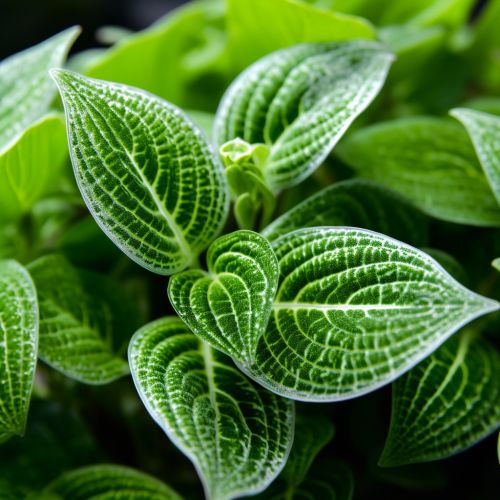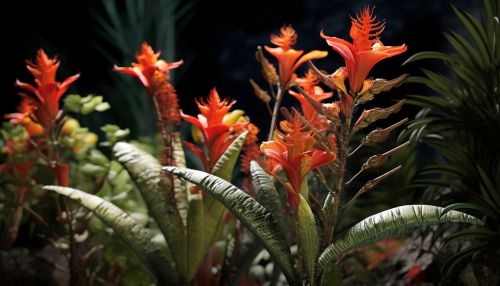Hybrid Speciation
Introduction
Hybrid speciation is an evolutionary phenomenon that occurs when two distinct species interbreed to produce a new, distinct species. This process is a significant contributor to biodiversity and plays a crucial role in the evolution of many plant and animal species. It is a form of speciation, the process by which new species arise.
Mechanisms of Hybrid Speciation
Hybrid speciation typically occurs through two primary mechanisms: homoploid hybrid speciation and polyploid hybrid speciation.
Homoploid Hybrid Speciation
Homoploid hybrid speciation is a type of hybrid speciation where the hybrid offspring have the same number of chromosomes as their parent species. This process usually involves the hybridization of two different species followed by reproductive isolation from the parent species. The hybrid offspring must be reproductively viable and able to reproduce with each other to form a new, distinct species.
Polyploid Hybrid Speciation
Polyploid hybrid speciation, on the other hand, involves an increase in the number of chromosomes in the hybrid offspring. This increase often results from errors during meiosis, the cell division process that produces reproductive cells. Polyploid hybrid speciation is more common in plants than in animals due to the ability of many plant species to self-fertilize.
Factors Influencing Hybrid Speciation
Several factors influence the likelihood and success of hybrid speciation, including ecological conditions, genetic compatibility, and reproductive isolation mechanisms.
Ecological Conditions
The ecological conditions in which parent species and potential hybrid offspring live can significantly influence the likelihood of hybrid speciation. For example, hybrid speciation is more likely to occur in environments with diverse habitats and ecological niches.
Genetic Compatibility
The genetic compatibility of the parent species is another crucial factor in hybrid speciation. Species with similar genetic makeup are more likely to produce viable hybrid offspring that can reproduce and form a new species.
Reproductive Isolation Mechanisms
Reproductive isolation mechanisms, such as geographical isolation or differences in mating behavior, can facilitate hybrid speciation by preventing the hybrid offspring from breeding with the parent species. This isolation allows the hybrid species to evolve independently.
Examples of Hybrid Speciation
Hybrid speciation has been observed in various plant and animal species. Some notable examples include the Heliconius butterflies and the Spartina grass.
Heliconius Butterflies
The Heliconius butterflies are a well-studied example of hybrid speciation. These tropical butterflies have a wide variety of wing patterns, many of which are the result of hybrid speciation.
Spartina Grass
The Spartina grass, a type of salt marsh grass, is another example of hybrid speciation. The Spartina anglica species is a hybrid of two other Spartina species and has become a dominant species in many salt marshes around the world.


Implications of Hybrid Speciation
Hybrid speciation has significant implications for our understanding of biodiversity and evolution. It challenges the traditional view of species as distinct entities and highlights the fluidity of species boundaries. Furthermore, it underscores the importance of genetic exchange and recombination in driving evolutionary innovation.
